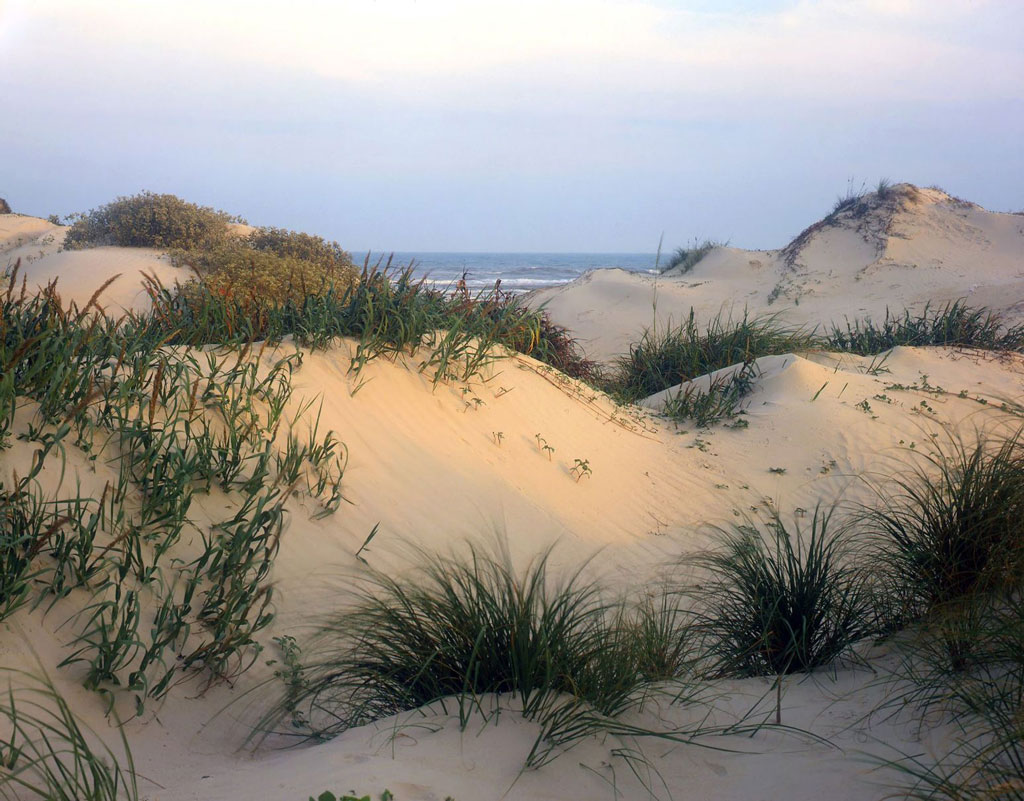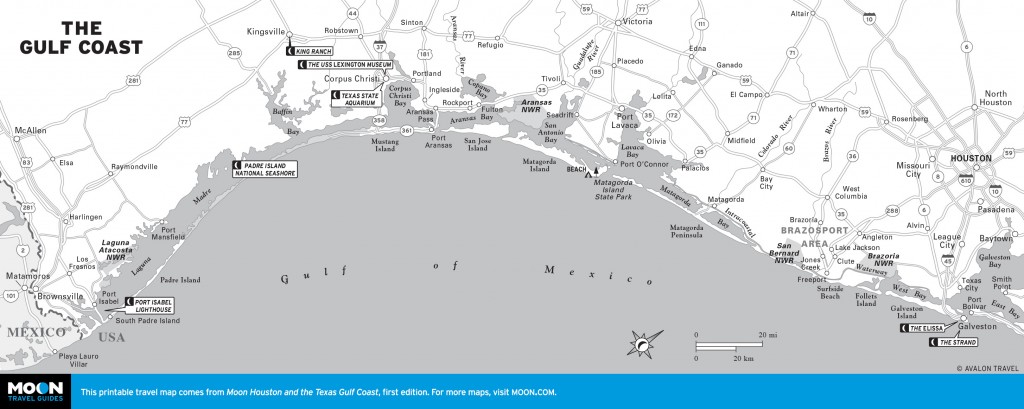
Sand dunes at South Padre Island National Seashore. Photo © Mike Norton/123rf.
Padre Island National Seashore is undertaking extensive efforts to protect an endearing creature that nests along its shoreline. The most endangered species of sea turtle, the Kemp’s ridley was nearly lost forever in the 1960s, due to massive exploitation of eggs and meat at its primary nesting beach in Mexico. Once the home to nearly 40,000 turtles, the 16-mile stretch of sand at nearby Playa de Rancho Nuevo, in Tamaulipas, Mexico, now sees fewer than 5,000 turtles nesting there each year. To help save the turtle, the U.S. and Mexican governments have worked together to reestablish a nesting beach at Padre Island, utilizing the theory that turtles will return to the beach where they were born to lay their own eggs.To help save the turtle, the U.S. and Mexican governments have worked together to reestablish a nesting beach at Padre Island, utilizing the theory that turtles will return to the beach where they were born to lay their own eggs. Over 10 years (1978-1988), scientists collected more than 22,000 eggs at Rancho Nuevo and transported them in Padre Island sand to a lab at the national seashore for incubation. The hatchlings were released on the beach, where they then crawled to the surf, with the hopes they’d be naturally imprinted with the location in their memories for future reference.Biologists have attempted to gauge the turtles’ successful rate of return by marking their shells and fins with identification tags and even GPS devices. Each year more turtles revisit their birthplace. Nearly 60 percent of the species’ eggs are now found on Padre Island, making it the most important Kemp’s ridley nesting beach in the United States. Park officials still incubate turtle eggs and release the little guys into the gulf each summer. The public is invited to view this fascinating natural event; for release dates and directions to the site, call the Hatchling Hotline at 361/949-7163.
Visitors who see a live or dead turtle on the beach are encouraged to immediately contact a park ranger or the seashore’s turtle biologist at 361/949-8173. Messing with these endangered turtles in any way is considered a felony, with fines ranging up to $20,000. Many Kemp’s ridleys have been identified and protected as a result of visitors’ efforts. Perhaps your next stroll on the beach will yield something far more valuable than an intact sand dollar.

The Gulf Coast
Excerpted from the First Edition of Moon Houston & the Texas Gulf Coast.